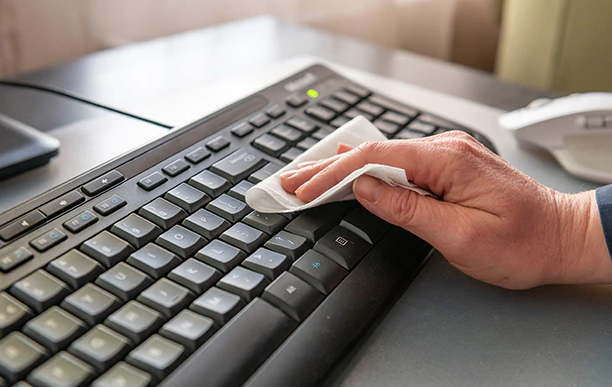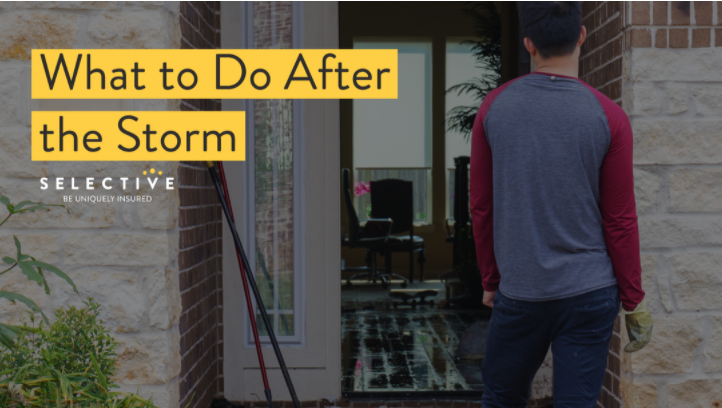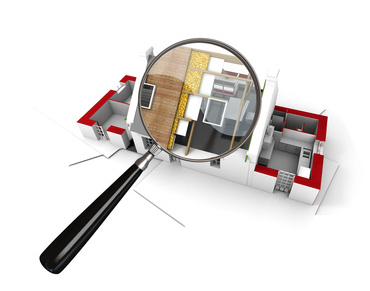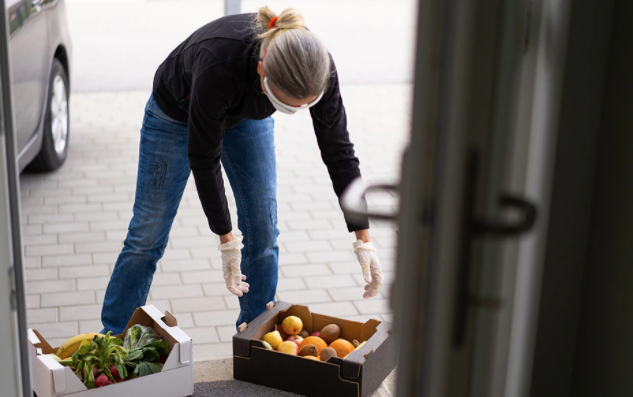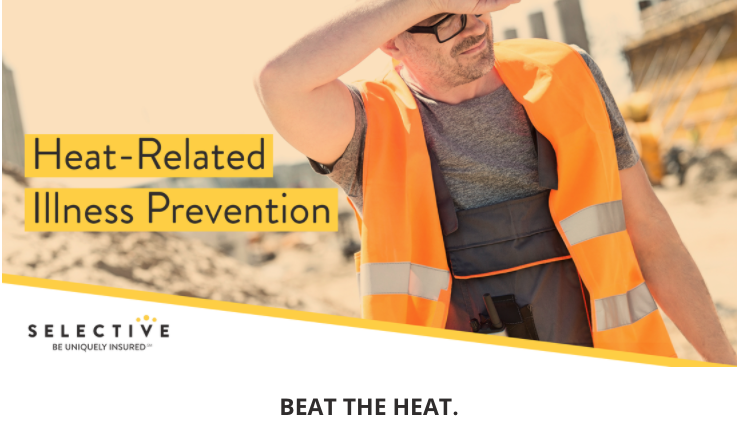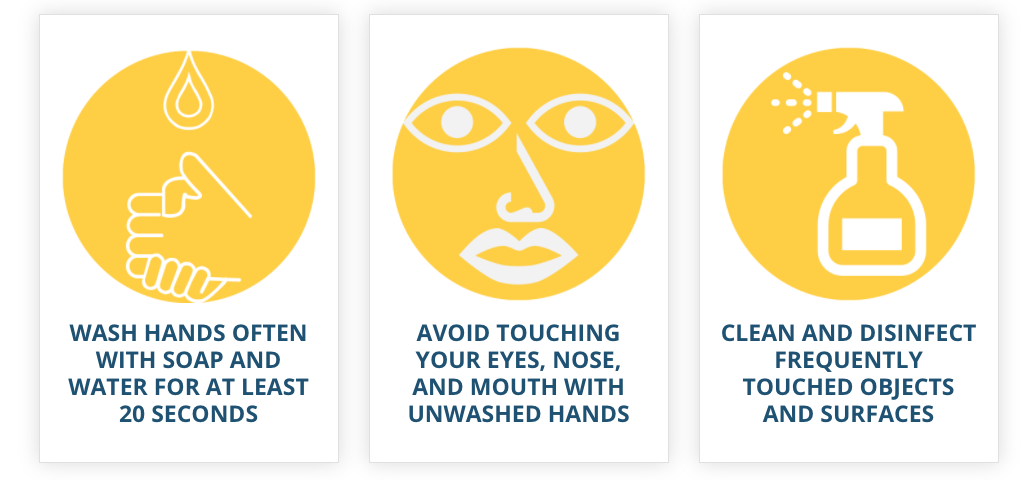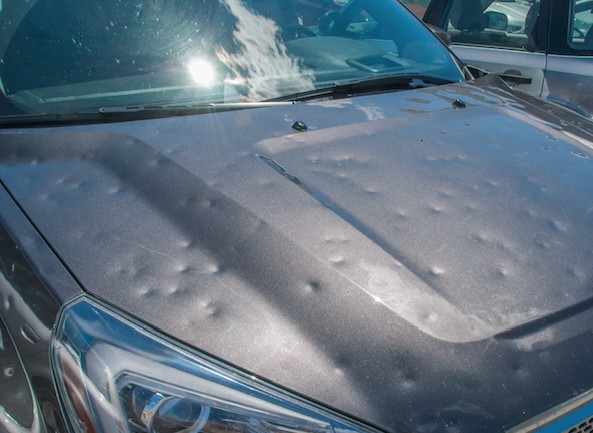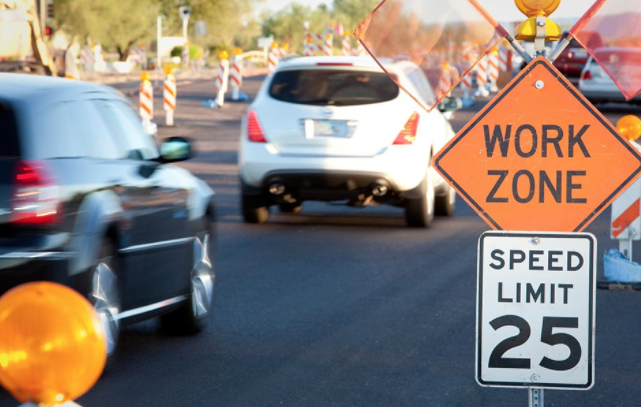Ways to Avoid a House Fire
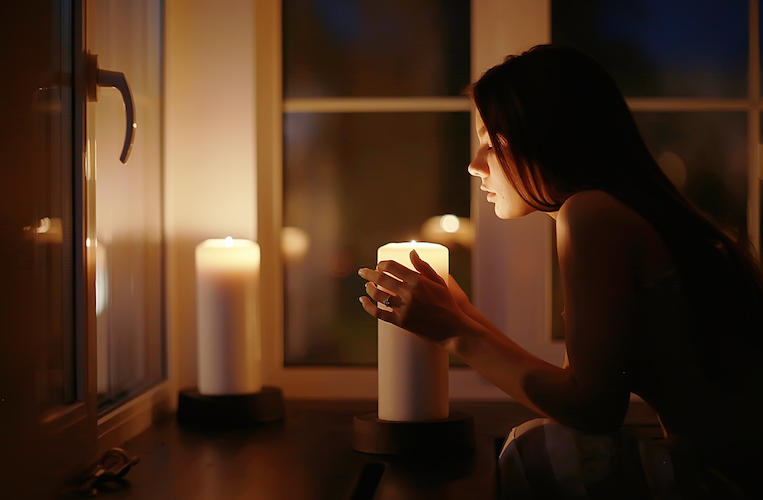
The thought of all your belongings literally going up in flames is a frightening one indeed, but every year, that’s exactly what happens to hundreds of thousands of Americans. In 2016, there were more than 350,000 house fires, according to the National Fire Protection Association.
An official investigation always occurs after a residential fire to determine how the blaze occurred, why it happened, and what can be learned from it to reduce the risk of similar tragedies.
The following are frequent causes of home fires in the United States and how to reduce your risk. In addition to the tips below, ensure your smoke detectors have batteries and are working properly.
1. Cooking
The most trafficked room in the typical house is the kitchen, which also happens to be the place where fire danger is most likely to be. According to the NFPA’s estimates, two out of every five home fires take place in the kitchen.
If you are using a Crock-Pot, air fryer, or any other countertop cooking appliance, make sure to check the hardware and electrical connection. If any of the cord is broken or frayed, or if any of the hardware isn’t secure, do not use it until it is repaired.
While the kitchen may typically be the room of the house that sees the most people, it’s when they’re not there that accidents happen. Fire officials recommend always having someone in the vicinity when food is cooking.
2. Heating
When the temperatures turn cold, it’s time to dial up the heat in the house. But these warming features can occasionally lead to accidents, usually due to improper maintenance. Failure to clean creosote buildup in chimneys is one of the leading causes of heating equipment fires. Creosote is a black, tar-like substance that attaches to the interior of chimneys over time, especially when homeowners use their fireplaces to heat their home. Homeowners are strongly advised to have their chimneys serviced on an annual basis, where professionals will do what it takes to clean creosote buildup, which is highly flammable. It’s also important to keep items that can catch fire away from heaters, be them portable or fixed.
3. Cigarette smoking
Kicking the habit once and for all not only dramatically improves the average smoker’s life, but it also reduces the risk of residential fires, as smoking materials are the third-most common cause of blazes that happen at home. In 2014, 17,200 home structure fires in the U.S. stemmed from cigarettes, resulting in an estimated $426 million in homeowners insurance losses and property damage.
Many Americans today have “no smoking zones” in their house, to shield other members from the health effects of secondhand smoke, but keeping the interior smoke-free can also yield safety benefits. At the very least, fire officials suggest making certain rooms of the house off limits to smoking, like the bedroom or other areas where smoldering ashes can cause furnishings to catch fire.
4. Electrical
More than 50% of all electrical fires involve lighting equipment, resulting in more than 45,000 home fires per year. When using appliances, make sure that outlets appear normal and avoid plugging in cords that are damaged, whether they’re frayed, loose or bare. Also, avoid using more than one receptacle for electricity usage to prevent overloading the circuit.
5. Candles
There’s nothing like the “welcome home” smell of a scented candle, so inviting that it can often leave homeowners to forget that one is lit. Nationwide, 24 home candle fires are reported to fire officials on average per day. From 2011-2015, candles caused an average of 82 deaths and $295 million in direct property damage. Read Full Article











